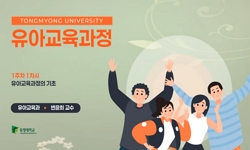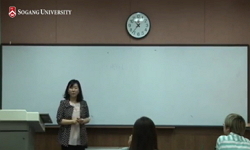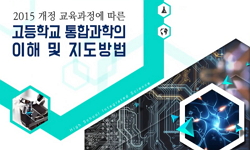인문사회과학 계열 전공의 개편을 뜻하는 ‘신문과’는 국가의 경제 건설과 과학기술 발전의 필요에서 출발한 것으로 각국의 교육계에서 뜨거운 화제로 떠오르며 주목을 받고 있다. 2019년...
http://chineseinput.net/에서 pinyin(병음)방식으로 중국어를 변환할 수 있습니다.
변환된 중국어를 복사하여 사용하시면 됩니다.
- 中文 을 입력하시려면 zhongwen을 입력하시고 space를누르시면됩니다.
- 北京 을 입력하시려면 beijing을 입력하시고 space를 누르시면 됩니다.

신문과(新文科)의 관점에서 <국제 통용 한국어 표준 교육과정>을 활용한 중국 대학의 한국어 교육과정 연구 = The Study of Korean Language Education Curricula in China Universities Using the “International Standard Curriculum of Korean Language” from the Perspective of New Liberal Arts
한글로보기부가정보
국문 초록 (Abstract)
인문사회과학 계열 전공의 개편을 뜻하는 ‘신문과’는 국가의 경제 건설과 과학기술 발전의 필요에서 출발한 것으로 각국의 교육계에서 뜨거운 화제로 떠오르며 주목을 받고 있다. 2019년에 중국 교육부에서도 ‘신문과’ 건설을 전면적으로 추진하여 학제 간 융복합, 문과와 이과의 융합을 강조하고 있다. 그러나 중국 다수 대학의 한국어교육은 국가와 사회의 수요를 염두에 둔 교육이 아니라 여전히 전통적인 외국어교육의 이념과 모델을 따르고 있는 현실이다. 이에 본 연구에서는 <국제 통용 한국어 표준 교육과정>을 활용하여, 중국의 외국어교 육 관련 정책과 규정을 반영한 한국어 교육과정을 교과목 중심으로 다루었다. 이 교육과정은 언어기능 교육에 시수가 지나치게 치우쳐 있는 중국 대학 한국어 교육과정의 문제점을 개선하여 학습자들의 지식 구조를 사회 적 수요에 부합하는 방향으로 이끄는 데에 초점을 두고 있다.
다국어 초록 (Multilingual Abstract)
The ‘New Liberal Arts’, signifying a reformation in the humanities and social sciences field, has garnered significant attention and recognition in the educational sectors of various countries. Originating from the necessity for national economic ...
The ‘New Liberal Arts’, signifying a reformation in the humanities and social sciences field, has garnered significant attention and recognition in the educational sectors of various countries. Originating from the necessity for national economic development and the advancement of science and technology, it has become a heated topic of discussion. In 2019, even China’s Ministry of Education vigorously pushed for the establishment of ‘New Liberal Arts’ emphasizing interdisciplinary fusion and the convergence between liberal arts and sciences. However, the reality persists that a majority of Korean language education in many Chinese universities still follows the Educational philosophy and model of traditional foreign language education, rather than considering the demands of the nation and society. Therefore, this study focused on developing a Korean language education curriculum based on policies and regulations related to foreign language education in China, utilizing the ‘International Standard Curriculum of Korean Language’ as a central framework. This curriculum focuses on improving the problems of the Korean language curriculum in Chinese universities, which is too biased toward language function education, and leading learners’ knowledge structure in a direction that meets social needs.
동일학술지(권/호) 다른 논문
-
667~668년 당의 공격과 고구려의 대응 ‑압록강 전선의 전투 양상을 중심으로‑
- 단국대학교 동양학연구원
- 임진수
- 2024
- KCI등재
-
韩国汉籍中地名意象的历史地理学研究: 基于中韩文化交流的视野
- 단국대학교 동양학연구원
- 리호
- 2024
- KCI등재
-
청 궁정희 「보공대제(報功大祭)」속 선농단(先農壇) 제사 퍼포먼스를 통해 본 청 황실의 문화 정체성
- 단국대학교 동양학연구원
- 임미주
- 2024
- KCI등재
-
- 단국대학교 동양학연구원
- 정성권
- 2024
- KCI등재




 KCI
KCI KISS
KISS






